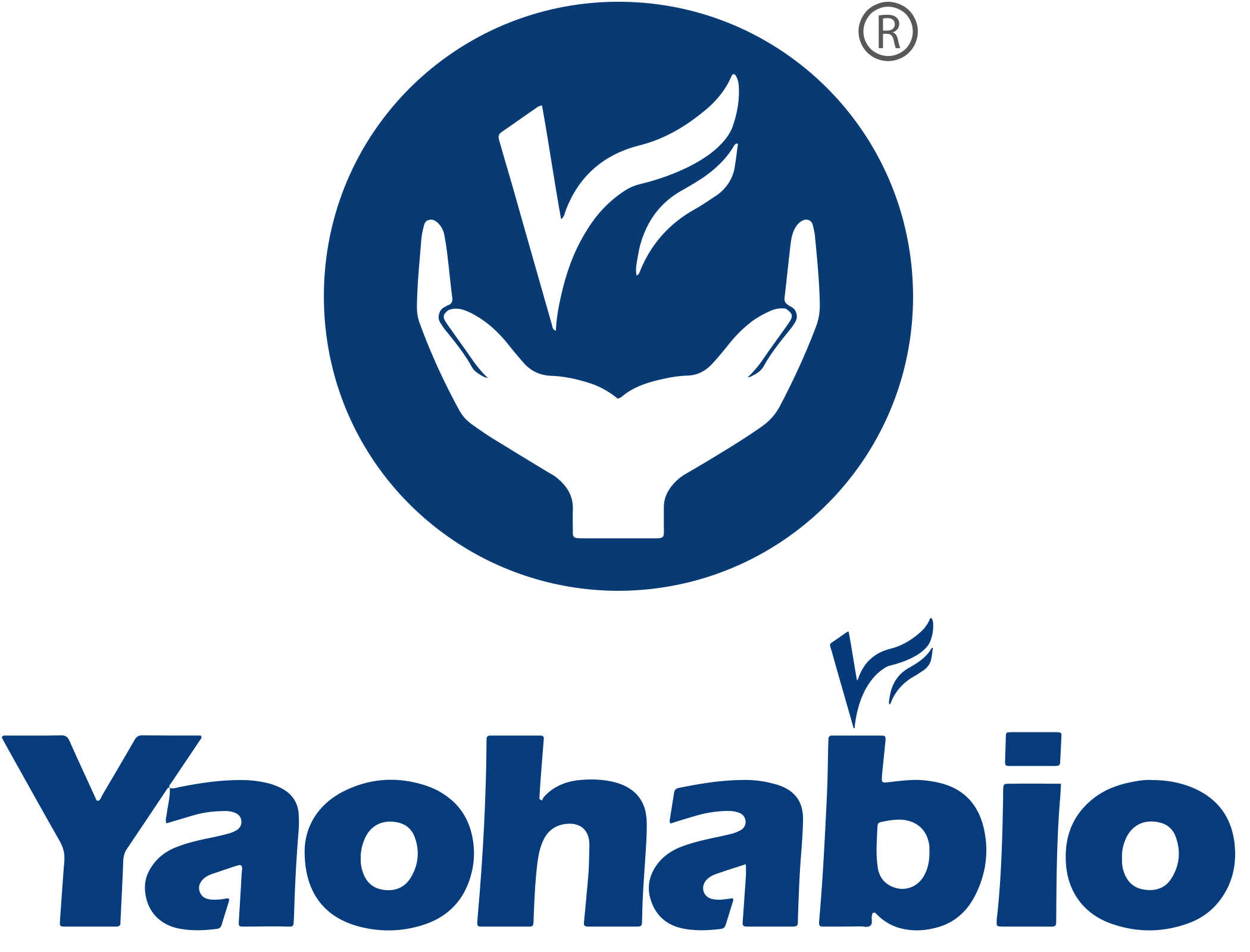Liquid Chromatography-Mass Spectrometry (LC-MS) based peptide mapping data will provide a large quantity of information on the primary and higher order structure of native and recombinant proteins, including amino acid sequence coverage, post-translational modifications (PTMs, e.g., glycosylation, oxidation, deamidation), disulfide bonds, etc.
Yaohai Bio-Pharma offers peptide mapping analysis services for your target protein by LC-MS, to speed up your research on protein structure.
We have been involved in the Protein Structural Characterization of various large molecules, including Recombinant Subunit Vaccines, Nanobodies/VHHs/ Single-domain Antibodies (sdAbs), Antibody Fragments, Hormones/Peptides, Cytokines, Growth Factors (GF), Enzymes, Collagens, etc.
Regulatory Requirements for Peptide Mapping
ICHQ6B guideline recommends, “Selective fragmentation of the product into discrete peptides is performed using suitable enzymes or chemicals and the resulting peptide fragments are analyzed by HPLC or other appropriate analytical procedure. Peptide fragments should be identified as far as possible using techniques such as amino acid composition analysis, N-terminal sequencing or mass spectrometry (MS). Peptide mapping of the active substance or drug product (DP) using an appropriately validated method is a method often used to confirm the desired product structure for batch release.”
Analytical Methods
| Analysis |
Methods |
| Peptide Mapping |
Protease Digestion and Liquid Chromatography-Mass Spectrometry (LC-MS) |
Analytical Procedure
1. Reduction and Alkylation
The purpose is to reduce disulfide bridges and block the generated free thiol. Reduction of disulfide bridges helps to open the protein structure which makes the proteolytic digestion more efficient. This step will also break the bridges between the chains in the case of multi-chain proteins which have disulfide bridges linking the chains (e.g. monoclonal antibodies,mAbs).
2. Digestion of The Protein Using Enzymes
The purpose is to break the protein down into peptides. We chose the enzymes base on the theoretical sequence of the protein and the knowledge of theoretical digestion of the protein by enzymes. Choosing enzymes in this way, there should result in the best peptide mapping analysis.
3. Analysis of The Digested Peptides Using On-line Reverse Phase-High Performance Liquid Chromatography with Ultraviolet (UV) and Electrospray-Mass Spectrometric Detection (LC/ES-MS).
Peptide separation based on polarity using LC (reverse phase-LC)
As the peptide elutes from the LC column, the mass spectrometer will generate mass information together with fragment ion information, which allows us to determine the sequence information. We use the sequence information to confirm peptide identity and provide primary information.
We can also generate the fragmentation information from the peptides as they enter the mass spectrometer source from the LC column. Depending on the requirements of the study, this is either selective LC-MS/MS or non-selective, which can be considered as a form of tandem MS.

 EN
EN
 AR
AR
 HR
HR
 CS
CS
 DA
DA
 NL
NL
 FI
FI
 FR
FR
 DE
DE
 EL
EL
 IT
IT
 JA
JA
 KO
KO
 NO
NO
 PL
PL
 PT
PT
 RO
RO
 RU
RU
 ES
ES
 SV
SV
 IW
IW
 ID
ID
 LV
LV
 LT
LT
 SR
SR
 SK
SK
 SL
SL
 UK
UK
 VI
VI
 ET
ET
 HU
HU
 TH
TH
 TR
TR
 FA
FA
 AF
AF
 MS
MS
 BE
BE
 MK
MK
 UR
UR
 BN
BN

